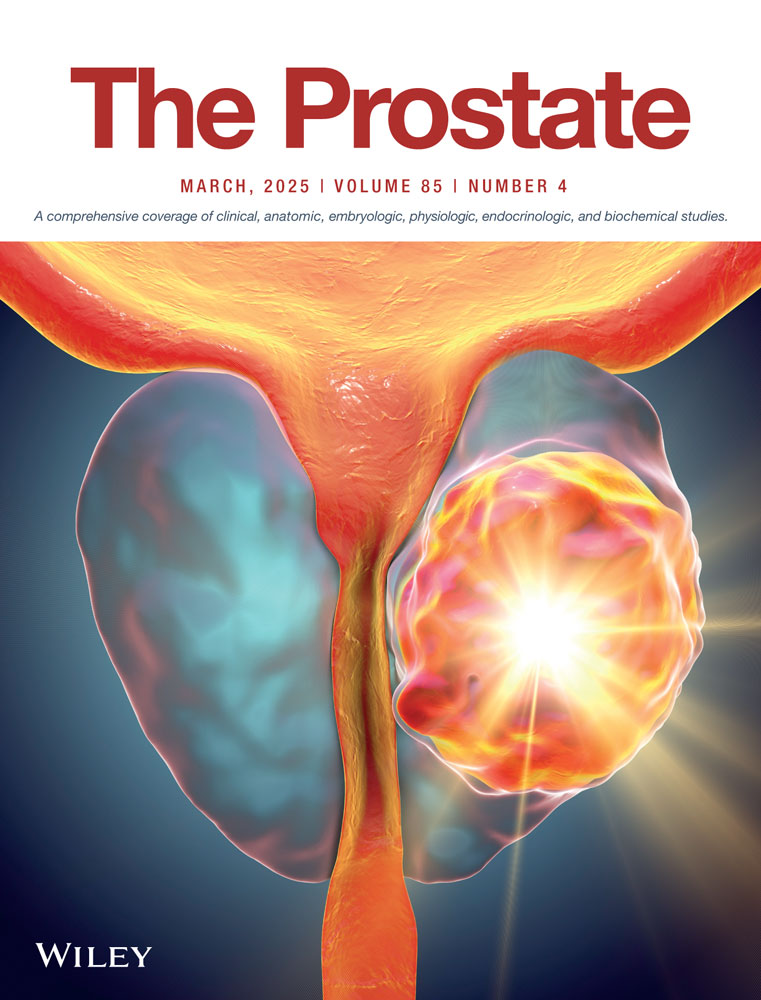PSA Density and Lesion Volume: Key Factors in Avoiding Unnecessary Biopsies for PI-RADS 3 Lesions
ABSTRACT
Introduction
The use of multiparametric magnetic resonance imaging (MRI) to guide prostate biopsies has improved cancer detection rates, particularly for high-grade tumors. However, despite guidelines recommending biopsies for lesions with a Prostate Imaging-Reporting and Data System (PI-RADS) score ≥ 3, the clinical significance of PI-RADS 3 lesions remains uncertain. This uncertainty, coupled with the cost and potential complications of biopsies, underscores the need for more accurate risk stratification strategies to avoid unnecessary procedures. Prostate-specific antigen density (PSAD) and index lesion volume are emerging as potential contributors to improve risk assessment.
Materials and Methods
This was a retrospective analysis of patients who had undergone an MRI-guided transrectal ultrasound (TRUS) prostate biopsy at a tertiary care institution. Patients with PI-RADS 3 lesions were included, and data on demographics, prostate-specific antigens (PSA), PSAD, lesion diameter, and pathology results were collected. The relationships between PSAD, lesion volume, and pathology outcomes were statistically analyzed.
Results
Of the 213 patients included, 40 were diagnosed with prostate cancer. PSAD and PSAD x lesion diameter were significantly higher in the patients diagnosed with prostate cancer than those with benign lesions. Among the prostate cancer patients, clinically significant prostate cancer (csPCa) had a higher mean PSAD value than clinically insignificant prostate cancer (cisPCa). ROC analysis found PSAD x lesion diameter to have the highest discriminatory power for detecting csPCa.
Discussion
MRI-guided biopsies offer targeted sampling but the clinical significance of PI-RADS 3 lesions remains uncertain. Index lesion volume and PSAD are promising adjunctive markers for risk assessment. Combining these factors could facilitate the avoidance of unnecessary biopsies and improve the detection of csPCa.
Conclusion
Incorporating PSAD and index lesion volume into biopsy decision-making may enhance risk stratification, particularly for PI-RADS 3 lesions. Further research is needed to validate these findings and enhance the risk assessment strategies used in making decisions regarding prostate biopsy.
Conflicts of Interest
The authors declare no conflicts of interest.
Open Research
Data Availability Statement
The data that support the findings of this study are available from the corresponding author upon reasonable request.




